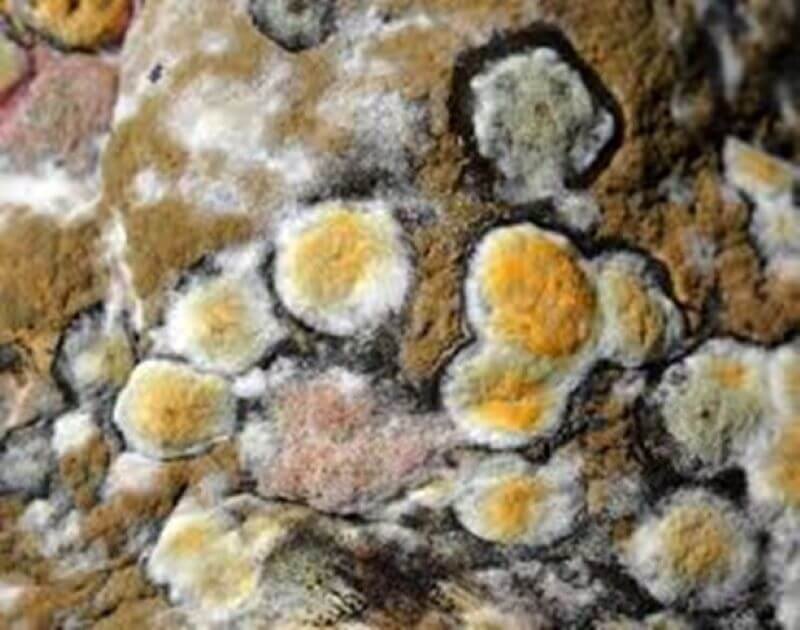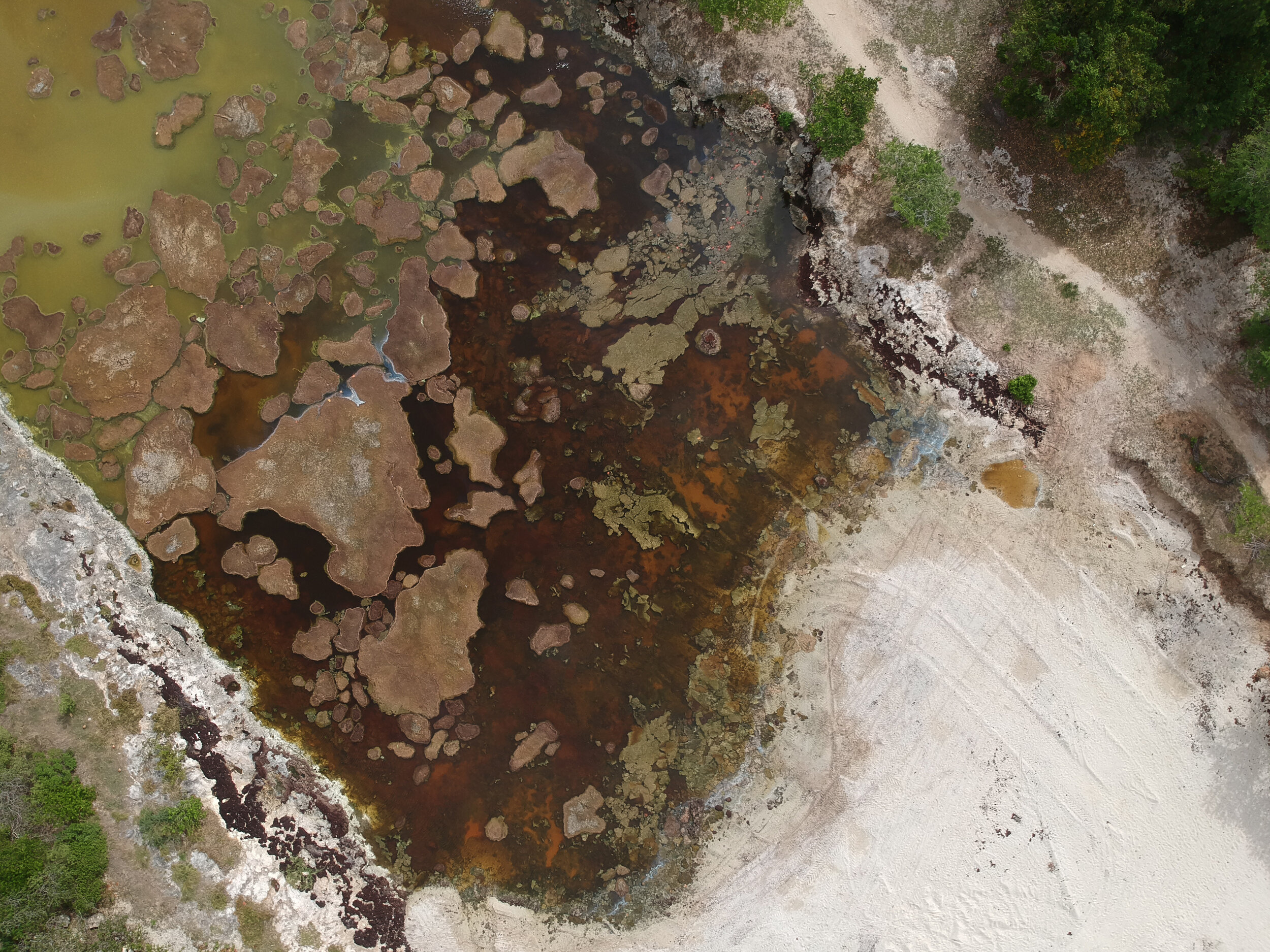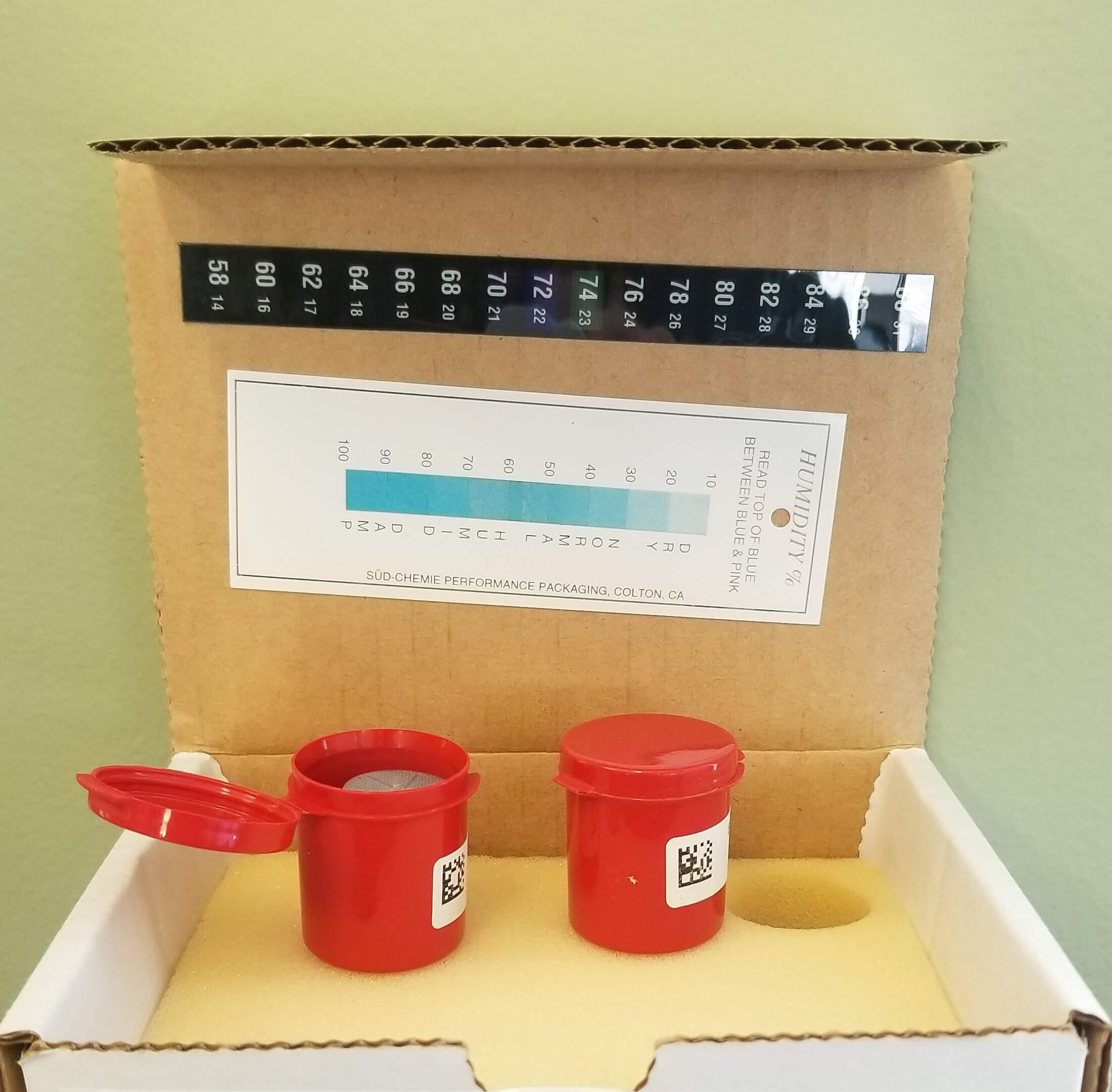Indoor Air Quality
Bersch Consulting Ltd. provides inspections and analytical services to identify indoor air quality concerns. We provide inspections for Indoor air quality concerns including but not limited to:
Mold
Total respirable particulates (dust)
Radon
We have access to the sampling equipment necessary to assess any monitoring for all the contaminants listed using Air, Swab, and Bulk Samples. Along with our current accreditations, the company is engaged in training for certification through American Council for Accredited Certification for the designation of “Council Certified Microbial Investigator (CMI)”.
Our Process
We conduct research to determine possible sources for the concerns noted within an indoor environment.
We will make suggestions for the most probable causes of reported symptoms with recommendations for monitoring/testing.
Following inspection/testing, we will provide recommendations to address any concerns identified as well as corrective measures necessary to address those concerns.
Bersch Consulting Ltd. works with a NVLAP accredited laboratory for partner sample analysis.

Indoor Air Quality Concerns
(Mold, Dust and More)
Mold
Fungi in buildings may cause symptoms of allergies (wheezing, chest tightness, shortness of breath, nasal congestion, and eye irritation), especially in persons who have a history of allergic diseases (such as asthma and rhinitis). Except in widespread fungal contamination that is linked to illnesses throughout a building, building-wide evacuation is not necessary. Trace levels of fungi are present almost everywhere in the indoor and outdoor environments.
Air samples are collected via Air-O-Cell cassette. This non-culturable method of sampling draws a measured volume of air through the cassette. This method allows for the collection of all spores (both viable and non-viable) and particulate matter in the air.
To date, there are no regulations regarding acceptable levels of airborne fungal spores indoors. However, the general industry standard when conducting air monitoring for airborne fungal spores is that the genus of fungi found indoors should be lower than those found outdoors.
Total Respirable Particulates (Dust)
A human’s lungs are constantly exposed to fumes, dust, and particulates as one breathes. The lungs have mechanisms to protect themselves and remove particles from the respiratory system. However, excessive or extremely small particles may result in disease or displaced lung function. For example, exposure to tin oxides can cause the disease known as Stannosis and inhaling moldy hay, straw, and grain can cause what is known as “Farmer’s Lung”.
Samples are collected and analyzed in accordance with the NIOSH Manual of Analytical Methods, Fourth Edition, NIOSH 0600 Method – Particulates Not Otherwise Regulated, Respirable. Results are compared to permissible exposure levels set forth by OSAH, ACGIH, and NIOSH.
Radon
Radon is a naturally occurring gas formed by the breakdown of uranium in soil, rock, and water. It is an odourless, tasteless, colourless gas that escapes from the ground. When it enters an enclosed space (such as a basement) it can accumulate to high concentrations that can become a health concern. The main source of most radon in a home is from the soil on which the house is located. Radon enters a home via any opening where the home has contact with soil (ex. cracks in the foundation, floor drains, cavities inside walls, etc.).
The only known health risk associated with long-term exposure to elevated radon is an increased risk of developing lung cancer. The level of risk is dependent on the concentration of radon and the duration of exposure.
There are currently no regulations that govern an acceptable level of radon within Canadian homes or buildings. Sample results are compared to the guidelines developed by the Federal Provincial Territorial Radiation Protection Committee and adopted by the Government of Canada.








